Labs & Properties
Facilities
The HTIRC conducts research in several well-equipped laboratories located on the Purdue University, West Lafayette, Indiana campus. Most are located in the David C. Pfendler Hall of Agriculture.
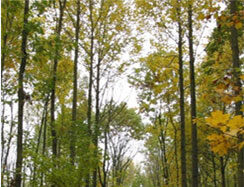
Forest Ecology, Siliviculture and Soils Lab (FESSL)
The Forest Ecology, Siliviculture and Soils Laboratory (FESSL) provides facilities and equipment for the measurements and analyses supporting the varied research of the department and HTIRC.
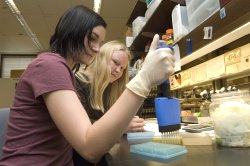
The Genetics Lab is comprised of four research groups studying various genetic aspects of a variety of species, including fish, wildlife, and hardwood trees. This shared space is one of the largest on campus.
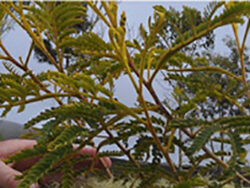
The Genomics Lab research includes studying genomic and gene expression analysis along with clonal propagation of fine hardwood tree species.

The Department of Forestry and Natural Resources at Purdue University, maintains 2,000 square feet of greenhouse space at the John S. Wright Center at Martell Forest. Additional greenhouse space is available on campus in the Horticulture Plant Growth Facility.
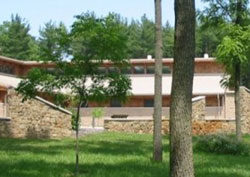
In addition to the greenhouse space, a 1,500 square foot molecular genetics seed quality field lab is available at the Wright Center and the building includes a classroom and conference room. This facility is located at the Martell Experimental Forest 8 miles west of the Purdue campus.
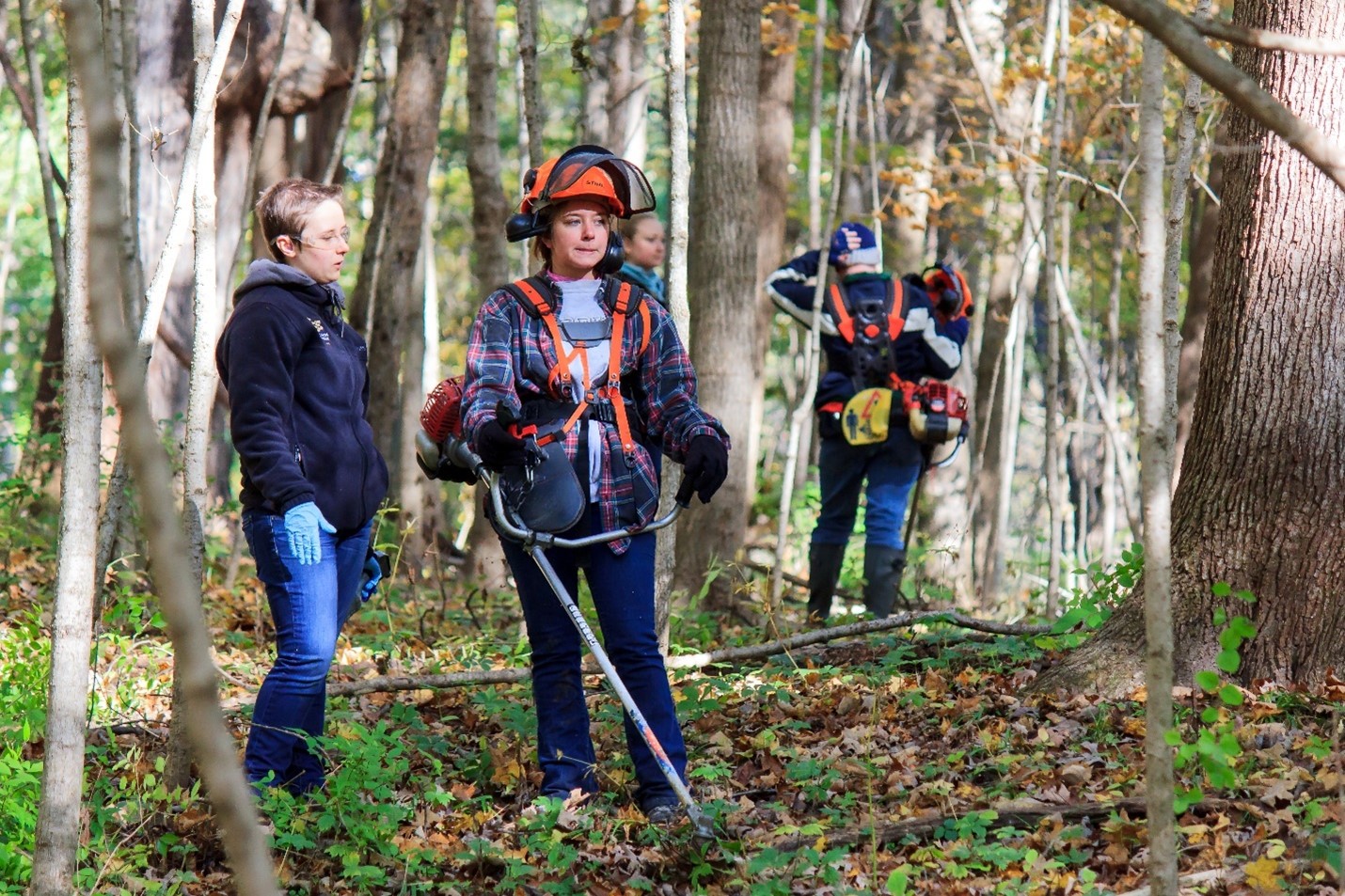
The Richard G. Lugar Forestry Farm is located in the Central Till Plain natural region in Tippecanoe County. Originally, this property was owned and utilized by the Horticulture department for fruit and vegetable research. With close proximity to campus, it created opportunities for extension, teaching, and research.
Properties
The HTIRC has numerous research locations dedicated to improvement of hardwood trees and forests. Many of our research areas are located on Purdue University properties. Cooperating organizations and individuals have provided locations across the Central Hardwoods Region, allowing HTIRC to conduct research across a wide range of sites. Our tree breeding program alone involves over 180 test plots at over 40 sites around the nation.
The Department of Forestry & Natural Resources owns and manages over 5,000 acres on properties located throughout the State of Indiana to provide opportunities for research, extension, and education.”
